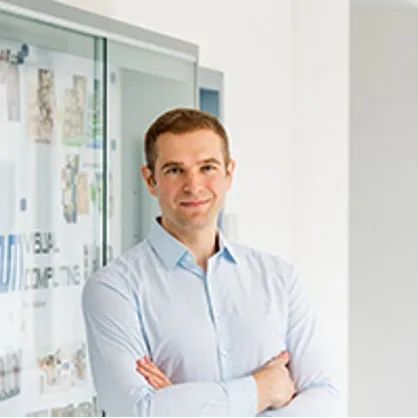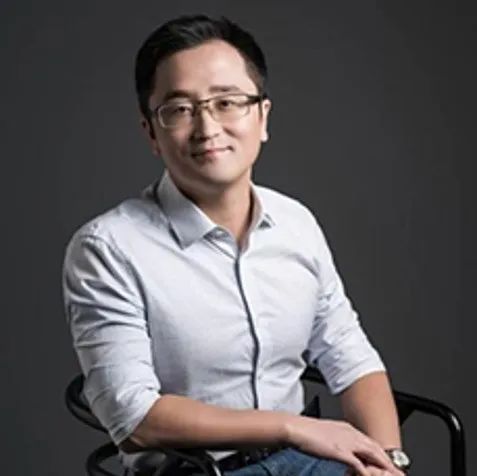The 11th International Conference on Image and Graphics (ICIG) will be held in Haikou, China, on November 26 – 28, 2021. We sincerely invite the researches over the world in this area to join us.
Technical University of Munich
Talk Title:
The Revolution of Neural Rendering
Abstract: In this talk, I will present our research vision in how to create a photo-realistic digital replica of the real world, and how to make holograms become a reality. Eventually, I would like to see photos and videos evolve to become interactive, holographic content indistinguishable from the real world. Imagine taking such 3D photos to share with friends, family, or social media; the ability to fully record historical moments for future generations; or to provide content for upcoming augmented and virtual reality applications. AI-based approaches, such as generative neural networks, are becoming more and more popular in this context since they have the potential to transform existing image synthesis pipelines. I will specifically talk about an avenue towards neural rendering where we can retain the full control of a traditional graphics pipeline but at the same time exploit modern capabilities of deep learning, such as handling the imperfections of content from commodity 3D scans. While the capture and photo-realistic synthesis of imagery open up unbelievable possibilities for applications ranging from entertainment to communication industries, there are also important ethical considerations that must be kept in mind. Specifically, in the content of fabricated news (e.g., fake-news), it is critical to highlight and understand digitally-manipulated content. I believe that media forensics plays an important role in this area, both from an academic standpoint to better understand image and video manipulation, but even more importantly from a societal standpoint to create and raise awareness around the possibilities and moreover, to highlight potential avenues and solutions regarding trust of digital content.
Biography: Dr. Matthias Nießner is a Professor at the Technical University of Munich where he leads the Visual Computing Lab. Before, he was a Visiting Assistant Professor at Stanford University. Prof. Nießner’s research lies at the intersection of computer vision, graphics, and machine learning, where he is particularly interested in cutting-edge techniques for 3D reconstruction, semantic 3D scene understanding, video editing, and AI-driven video synthesis. In total, he has published over 70 academic publications, including 22 papers at the prestigious ACM Transactions on Graphics (SIGGRAPH / SIGGRAPH Asia) journal and 43 works at the leading vision conferences (CVPR, ECCV, ICCV); several of these works won best paper awards, including at SIGCHI’14, HPG’15, SPG’18, and the SIGGRAPH’16 Emerging Technologies Award for the best Live Demo. Prof. Nießner’s work enjoys wide media coverage, with many articles featured in main-stream media including the New York Times, Wall Street Journal, Spiegel, MIT Technological Review, and many more, and his was work led to several TV appearances such as on Jimmy Kimmel Live, where Prof. Nießner demonstrated the popular Face2Face technique; Prof. Nießner’s academic Youtube channel currently has over 5 million views. For his work, Prof. Nießner received several awards: he is a TUM-IAS Rudolph Moessbauer Fellow (2017 – ongoing), he won the Google Faculty Award for Machine Perception (2017), the Nvidia Professor Partnership Award (2018), as well as the prestigious ERC Starting Grant 2018 which comes with 1.500.000 Euro in research funding; in 2019, he received the Eurographics Young Researcher Award honoring the best upcoming graphics researcher in Europe. In addition to his academic impact, Prof. Nießner is a co-founder and director of Synthesia Inc., a brand-new startup backed by Marc Cuban, whose aim is to empower storytellers with cutting-edge AI-driven video synthesis.
![]() University of Electronic Science and Technology of China
Talk Title:
Cross-Media Intelligence
Abstract: It has been shown that heterogeneous multimedia data gathered from different sources in different media types can be often correlated and linked to the same knowledge space. Towards cross-media intelligence, cross-media understanding, retrieval and interaction has attracted huge amount of attention due to its significance in both research communities and industries. In this talk, we will introduce the state of the art on this topic and discuss its future trends.
Biography: Professor Heng Tao Shen, ACM Fellow and OSA Fellow, is Dean of School of Computer Science and Engineering and Executive Dean of AI Research Institute at University of Electronic Science and Technology of China (UESTC). He obtained his BSc with First Class Honours and PhD from Department of Computer Science at National University of Singapore in 2000 and 2004 respectively. He was a professor at the University of Queensland before joining UESTC. His research has made contributions to the field of hashing big multimedia data, from hashing theory, to algorithms and applications, and he has led the charge to address the challenging problem of cross-media understanding and retrieval. He has published 300+ peer-reviewed papers, including 110+ IEEE/ACM Transactions, and 200+ CCF-A ranked papers. He has received 8 Best Paper Awards, including ACM Multimedia 2017, ACM SIGIR 2017, and IEEE Transactions on Multimedia 2020. He is General Co-Chair of ACM Multimedia 2021, former TPC Co-Chair of ACM Multimedia 2015, and an Associate Editor of ACM Transactions of Data Science, IEEE Transactions on Image Processing, IEEE Transactions on Multimedia, IEEE Transactions on Knowledge and Data Engineering, Pattern Recognition, and Journal of Software.
University of Electronic Science and Technology of China
Talk Title:
Cross-Media Intelligence
Abstract: It has been shown that heterogeneous multimedia data gathered from different sources in different media types can be often correlated and linked to the same knowledge space. Towards cross-media intelligence, cross-media understanding, retrieval and interaction has attracted huge amount of attention due to its significance in both research communities and industries. In this talk, we will introduce the state of the art on this topic and discuss its future trends.
Biography: Professor Heng Tao Shen, ACM Fellow and OSA Fellow, is Dean of School of Computer Science and Engineering and Executive Dean of AI Research Institute at University of Electronic Science and Technology of China (UESTC). He obtained his BSc with First Class Honours and PhD from Department of Computer Science at National University of Singapore in 2000 and 2004 respectively. He was a professor at the University of Queensland before joining UESTC. His research has made contributions to the field of hashing big multimedia data, from hashing theory, to algorithms and applications, and he has led the charge to address the challenging problem of cross-media understanding and retrieval. He has published 300+ peer-reviewed papers, including 110+ IEEE/ACM Transactions, and 200+ CCF-A ranked papers. He has received 8 Best Paper Awards, including ACM Multimedia 2017, ACM SIGIR 2017, and IEEE Transactions on Multimedia 2020. He is General Co-Chair of ACM Multimedia 2021, former TPC Co-Chair of ACM Multimedia 2015, and an Associate Editor of ACM Transactions of Data Science, IEEE Transactions on Image Processing, IEEE Transactions on Multimedia, IEEE Transactions on Knowledge and Data Engineering, Pattern Recognition, and Journal of Software.
http://icig2021.csig.org.cn/
To visit the conference website, please scan the following QR code:
![]()
http://conf.csig.org.cn/fair/394
To register on the microsite, please scan the following QR code:
![]()
![]()









